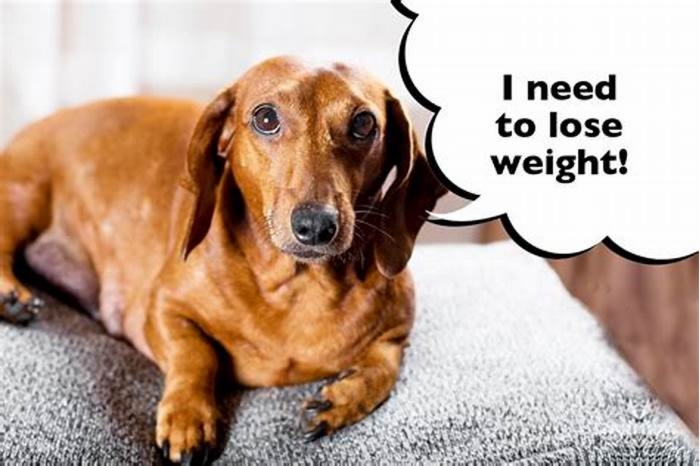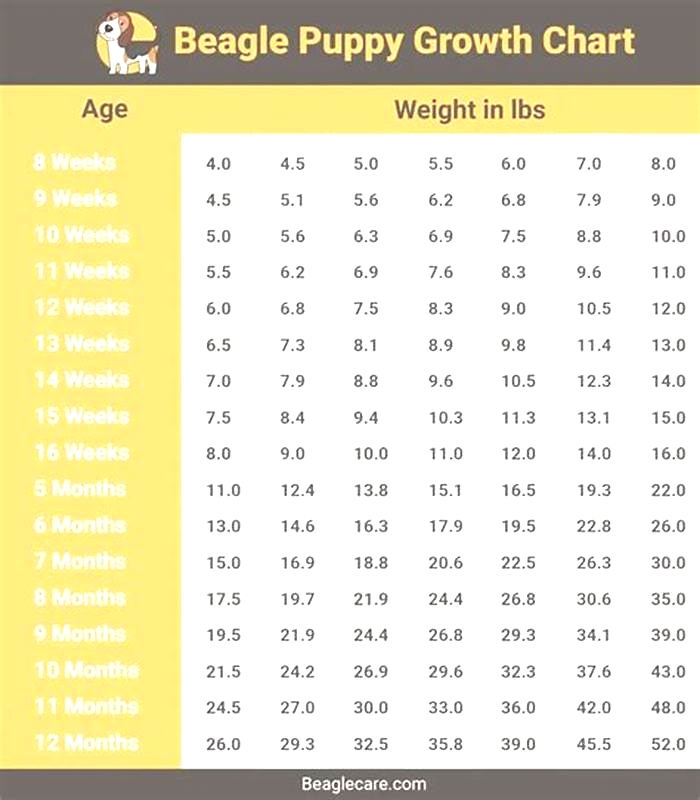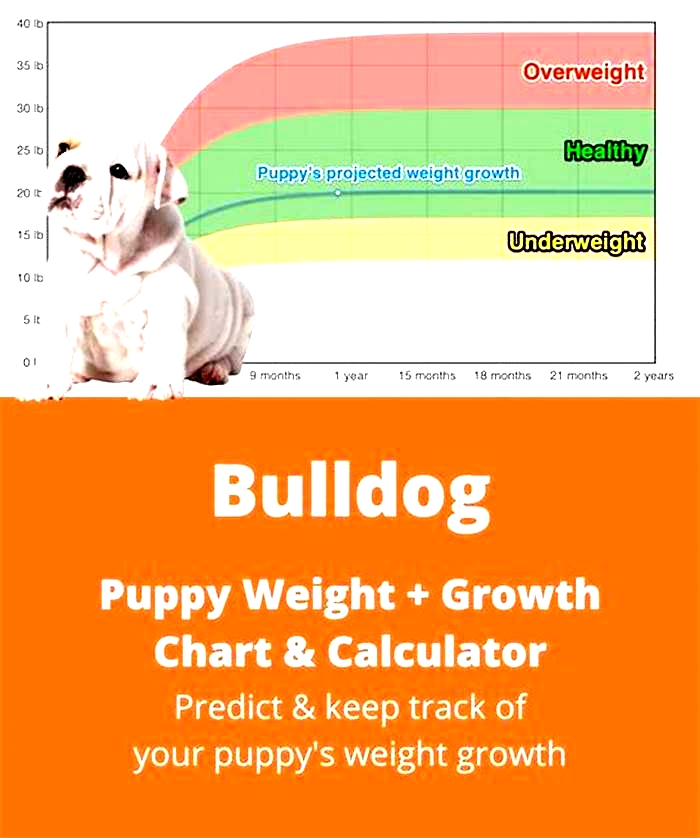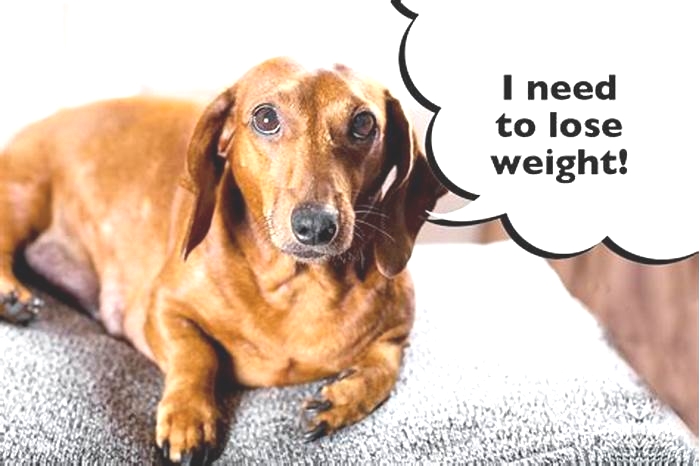How to get Dachshunds to lose weight

5 Simple Weight Loss Tips for Dachshunds
5 Simple Weight Loss Tips for Dachshunds
Updated 04/19/2024 by
Ava JaineEver find yourself tempted to share a little nibble here, a lick of a leftover plate there with your sweet, puppy-eyed Dachshund? That Im starving look they give can tug at the heartstrings, but as much as it feels like showing them love, its actually quite the opposite.
Those occasional small shares can quickly add up, leading to extra pounds your doxie really shouldnt carry and putting their health at risk!
Keep reading to discover 5 Simple Weight Loss Tips for Dachshunds.
This page contains affiliate links and I earn a commission if you make a purchase through one of the links, at no cost to you. As an Amazon Associate, I earn from qualifying purchases.
Table Of Contents
How Much Should a Dachshund Weigh?
This chart provides estimated healthy weights tailored to each type of Dachshund standard, mini, tweenie, and toy.
Use this chart as a baseline to help ensure your doxie maintains a healthy weight suitable for their size. Making sure your pup stays within these ranges can promote their overall health and longevity.
Standard: Full grown standard dachshunds can weigh between 16-32 pounds.
Miniature: Adult mini dachshunds on average are 11 pounds or less.
Tweenie: Dachshunds that appear to be more between the standard and miniature dachshund size can be between 10-15 pounds.
Toy or Rabbit Size: Adult average size under 8 lbs.
Is My Dachshund Overweight?
You can generally tell if your Dachshund is overweight by just looking at them. If the shape of their body is more of a barrel instead of an hourglass, they may be overweight.
This is something my vet taught me. Its a quick way of telling if your doxie is starting to put on the pounds. Check the following
1. View from Above: Look for a visible waist. The rib cage and pelvic area should be wider than the belly area.
2. View from the Side: When looking at your doxie from the side, see if their belly has an upward curve (see pic below).
A healthy weight will show a slight tuck, with the abdomen higher than the chest. If your dogs stomach hangs down or forms a straight line with their back legs, they could be overweight.
3. Feel the Ribs: Run your hands along your Dachshunds rib cage. You should be able to feel, but not see, their ribs beneath a thin layer of fat and skin. If you have to press firmly to feel their ribs, they may be overweight.
4. Check with your Vet: When my Dachshunds, Eko and Bastian, visit the vet, she always lets me know if they are starting to put on extra weight.

Why is it so Risky for Dachshunds to Put on the Pounds?
Being overweight opens the door to a variety of health problems, including arthritis, kidney disease, liver issues, diabetes, and heart failure.
And lets not overlook the one that hits closest to home for many doxie parents the dreaded IVDD! The debilitating spinal condition that can significantly impact your long dogs mobility and quality of life.
Post You Should Read: How to Avoid IVDD in Dachshunds
An Overweight Dachshund!
My childhood Dachshund, Heidi, (pictured below) was a labeled as a Miniature Dachshund.
From what I can remember, she shared a cup of coffee with my dad every morning. She also enjoyed her own piece of Birthday Cake at everyones birthday party and helped lick everyones dishes clean after mealtime.
Heidi was given a lot of table scraps for many years and she was dangerously overweight.
5 Weight Loss Tips for Dachshunds
As a loving doxie parent, its crucial to learn about portion control and how to put healthy habits into place it really can make a world of difference to your little long dogs health. Heres how!
1. Quality Dog Food
Check the Ingredients: It is important to feed your Dachshund a vet recommendedhealthy diet. Always read the list of ingredients on the back of your dogs food.
The Meat of choice (fish, chicken, beef, etc..) should be listed within the first couple of ingredients.
Avoid Grain-Free Dog Foods: Avoid giving your dog Grain-Free Dog Foods, they have a risk of giving your dog heart disease. If your doxie has food allergies, try a homemade dog food recipe instead of grain free. More on that below.

What Should I Feed My Dachshund?
My veterinarian recommends Science Diet or Royal Canin dog food for Dachshunds. She likes the quality ingredients in their food, and they are not Grain-Free.
My Dachshund, Eko, is built like a tank (piebald doxie pictured below). He is registered as a mini-Dachshund but has the build and weight of a tweenie (in between a mini and a standard).
When Eko starts to put on some extra pounds, especially in the cold winter months, I switch him over to Science Diet Perfect Weight. This dog food helps him maintain a healthy weight, along with our daily walks.
Real chicken is listed as the first ingredient, and it also includes salmon oil. Great for healthy joint and bone support.

Homemade Dog Food
Some Dachshund owners prefer to make their dogs food at home especially if they suffer from itchy food allergies. By using your own natural ingredients, you know exactly what your dog is consuming.
Talk to your vet for recommendations on a well-balanced meal plan and amount per serving for your dog if you are interested in creating your dogs food at home.
Related Post: Homemade Dog Food Your Dachshund Will Love!
Improve their Gut Health
Gut health matters for you and your little long dog too!
If your Dachshund tends to have a sensitive stomach with their dog food or doggie treats, try adding in some dog probiotics.
My Dachshund, Reno, had a very sensitive stomach. His tummy couldnt tolerate different foods and dog treats without getting sick.
I took him to Petco for his Birthday to pick out a toy and the lady at the checkout gave him a special doggie cookie for free. I thought it was so nice, but poor Reno was sick for the rest of the evening.
My vet recommended that I add some probiotics to his diet to help him with his digestive issues and they really did help.
2. Feeding Schedules by Age
Dachshunds have a large appetite compared to other dog breeds. It is important to have a strict feeding schedule for your Doxie instead of allowing them to graze all day long.
Maintain a healthy feeding schedule to reduce obesity and prevent IVDD in your Dachshund.
Dachshund Puppy Feeding Schedule:
For Dachshunds under the age of one, look for a dry dog food formulated just for puppies. High quality puppy food usually includes more protein and fatty acids to help build strong muscles and maintain healthy energy levels.
Puppies under 6 months of age should have 3 small meals per day.
Once in the morning, one time in the afternoon, and in the evening for dinner. Pretty much, the same time that you eat your meals.
Set the puppys dog food bowl down for 20 minutes at a time. Then, take the bowl up until the next feeding.
Check the dog food bag to make sure you are giving them the correct amount.
Training Tip: Your puppy should eat their evening meal before 6 pm. This will help reduce the number of overnight accidents.
Adult Dachshund Feeding Schedule:
*Diet by Age: At 12-14 months of age, your Dachshund is considered an adult and their dog food changes. Some dog food brands split their foods up by age which really helps tailor the ingredients to their health needs.
A Dog food that is high in fat or has too many calories will lead to weight gain and lower energy levels.
Note: If you stick with Science Diet dog food, they have the age printed on the cover. My Dachshund, Eko is 4 years old, so he eats the Adult 1-6 dog food.
*Feed two times per day: Your adult Dachshund should eat two times per day now. Once in the morning and once at night is ideal.
Spreading out the meals allows the dog to digest smaller amounts and reduce any digestive issues.
*No Grazing! Dont leave your dogs food bowl on the ground all day. Allowing them to graze on their food will promote weight gain.
*Slow Feeder Bowls: Dachshunds tend to gulp and choke on their food, especially if they love the flavor. This unfortunately can lead to vomiting, digestive issues, and a dangerous condition called Bloat. Feeding your dog their meal in a slow feeder dog bowl promotes a healthy weight and drastically improves their digestion!

Adult Dachshunds require less fat, protein, and calories in their diet than they did as puppies.
Senior Dog Feeding Schedule:
Dachshunds are considered senior dogs around age 8. Senior dogs can continue the adult feeding schedule, 2 times per day, as long as they are in good health.
*They Eat Less: Senior dogs will do a lot more napping around the house, so they may eat smaller amounts of food than they used to.
*Switch to Senior Dog Food: There are senior dog food options that can help with digestion and joint health as they grow older.
Most senior dog foods include more fiber, which promotes healthier digestion.

Portion Control
How Much Should I Feed My Dachshund?
On the back or side panel of your dog food bag, there is a chart that will help you determine how much food your dog should be eating.
It usually goes by your dogs weight or age. If you need some extra help with portion control, consult your vet.
Always Measure Out Your Dogs Food: Using a dog food measuring scoop is a must when trying to get your Dachshunds weight under control. It ensures you are feeding your doxie the right amount and not just guessing.
3. Healthy Habits
*No Table Scraps! I know, this is a tough one. Leftovers from the table are not good for your Dachshunds health and can actually make them finicky eaters they wont want to eat their dog food anymore.
It becomes a dangerous routine, every meal, every day. Unfortunately, Dachshunds are one of many small breeds that are more Prone to Obesity.
Training Tip: Dachshunds dont naturally crave people food. They develop the taste once they are exposed to the food. Table Scraps are like fast food for dogs (fatty and addicting).
*Clean Drinking Water: Always keep your long dog well hydrated. Make sure to give them clean drinking water daily. Filtered water bowls are even better at keeping your dogs water clean. Make sure to wash your dogs water dish a couple times per week.
4. Mind and Body Exercises
A consistent exercise routine for your Dachshund is very important to your pups physical and mental health.
Dachshunds love to eat and nap, so it is super easy for them to become overweight when not properly walked or played with.
How Do You Exercise a Dachshund?
*Exercise their Body: Plan to walk 15-20 minutes, 2-3 times per day. Keep it at their pace, remember, they have shorter legs and need to put in more of an effort to keep up with you especially if they are overweight.
Dont plan on a sweaty workout kind of walk. A dachshund walk will be more of a walk, stop, and sniff stroll. Your dachshund will love it and look forward to it daily.
Tip: Wait at least 45 minutes to an hour after your dog finishes their mealfor any vigorous exercise to prevent bloating.
*Exercise their Mind: Challenging your Dachshunds brain with fun puzzles (aka Mental Stimulation) is just as important as physical exercise when it comes to the Dachshund dog breed.
Dachshunds need to stay busy to stay out of trouble!
Doggie IQ Games: Searching for hidden treats or solving dog puzzles will give your doxie so much joy and reduce any destructive behavior in the process. Dog IQ puzzles help reduce boredom and separation anxiety issues.
Heres a cute video of my Dachshund, Eko, playing with his favorite Bob-A-Lot Toy (on YouTube).
5. Underlying Illness
Why is My Dachshund Gaining Weight? Your dog may have an underlying illness that is causing the weight gain. Chronic illnesses like Cushings Disease and Hypothyroidism can cause weight gain in dogs.
What Helps Your Dachshund Lose Weight? Let us know in the Comments.
Reduce Dachshund Obesity, Fat Dachshunds, Dachshund Weight Loss plan.









